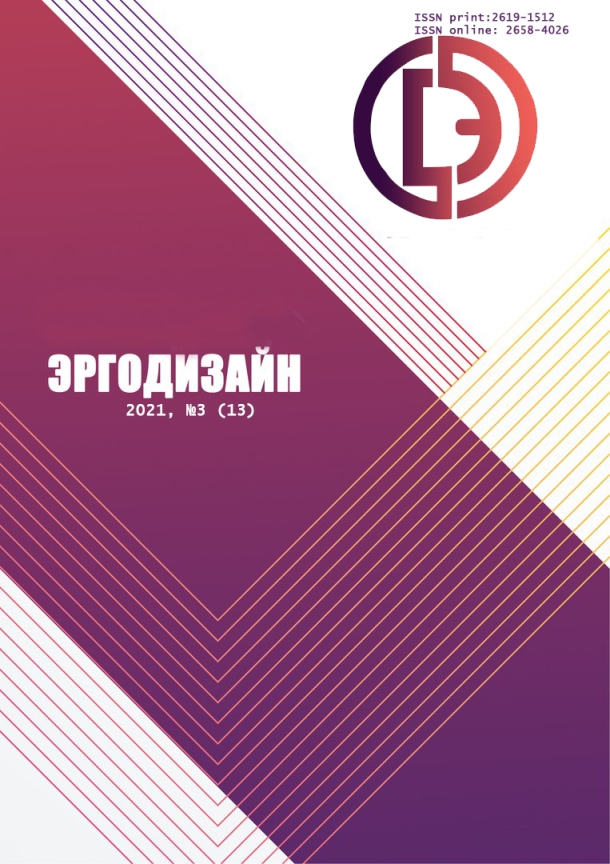Saint-Petersburg, St. Petersburg, Russian Federation
In this article, the object of research is the military personnel as a system, and the subject of research is the synergetic property of the system, namely the social psyche. The main objective of the study is to quantitatively describe the system microstatuses (the number of system elements, the maximum number of servicemen included in closed separate communication streams, the total number of these streams). At the macrolevel, a measure of the statistical uncertainty of the social psyche is calculated as a synergistic property of the system. The sociometry method (D.L. Moreno), graph theory and the algorithm for calculating Hamiltonian paths (N. Christophides) are used to identify any military personnel included in closed communication streams. Boltzmann's method of calculating the entropy is used as the initial entropy formula. As a result of the study, recommendations are obtained for restructuring the leadership style, using the tendencies towards organization and disorganization in the personnel making. The novelty of the article lies in formulating the problem of determining the measure of the statistical uncertainty of the social psyche, in proving the significance of the natural scientific approach in describing and identifying the elements of the system (military personnel) and in the quantitative description of the synergetic phenomena of a social group.
entropy, social psyche, communicative flow, military personnel
1. Fet Ya. I., Markova, E. V., Erofeev, Yu. N., Granovsky, Yu. V., Alekseev, A. S. Berg Axel Ivanovich. 1893-1979. Mos-cow, Nauka, 2007, 518 p.
2. Anokhin, P. K. Philosophical Aspects of the Theory of a Functional System. Selected works; Institute of Psychology; Academy of Sciences of the USSR. Moscow, Nauka, 1978, 399 p.
3. Belonuchkin, B. E. Short Course of Thermodynamics. 2nd revised ed. Moscow, MFTI, 2010, 164 p.
4. Bogdanov, A. A. Tectology: (General Organizational Science). In 2 vol. Vol. 1. Department of Economics of the USSR Academy of Sciences. Institute of Economics of the USSR Academy of Sciences, Moscow, Economics, 1989, 304 p.
5. Golovinsky, A. A. The Entropy Concept of the Moral-Political and Psychological State of the Military Personnel. Saint-Petersburg, Military Institute (Naval Polytechnic) Military Educational and Scientific Centre of the Navy “Naval Acade-my”, 2021, 252 p.
6. Golovinsky, A. A. Application of the Entropy Method in Studying Social and Psychological Phenomena in the Military Personnel. Proceedings of the International scientific and practical conference “Psychological and Pedagogical Aspects of Training Personnel for Professional Activity in Extreme Conditions”. Saint-Petersburg, 2021, pp. 104-109.
7. Golovinsky, A. A. On the Essence of the Moral- Political and Psychological State of the Military Personnel. Morskoy sbornik [Naval Digest], 2020, no. 12 (2085), pp. 55-63.
8. Golovinsky, A. A. Using a Systematic Approach in the Military Personnel Management. In Sokolova I.I. (ed.) Social and Humanitarian Aspects of Military Management”. Saint-Petersburg, 2020, pp. 138-147.
9. Samygin S. I. Concepts of Modern Natural Science. Moscow, KNORUS, 2013, 464 p.
10. Makarenko, A. S. School of Life, Work, Education. An educational book on the history, theory and practice of education. Part 1. Business and Personal Letters, Articles 1921-1928. Nizhny Novgorod, 2007, 536 p.
11. Khudyakov, A. I. Psychological Comparison Operation in Psychophysical Measurements. Saint-Petersburg, Publishing house of the RGPU named after A. I. Herzen, 2020, 256 p.
12. Bertalanffy, F. D. General System Theory. New York, George Braziller, lnc. One Park Avenue, 1968. 289 p.
13. Chester, B. The Functions of the Executive. Cambridge, MA, Harvard University Press, 1968, 388 p. Available at: https://archive.org/details/functionsofexecu00barn. (Accessed 11 December 2019).
14. Moreno, J. L. Who Shall Survive? A New Approach to the Problem of Human Interrelations. Washington, Nervous and Mental Disease Publishing Co, 1934, 464 p. Available at: https://ia801604.us. arc-hive.org/0/items/whoshallsurviven00jlmo/ whoshallsurvi-ven00jlmo.pdf. (Accessed 10 March 2021).
15. Glotochkin, A. D., Lozhkin, G. V., Spasennikov, V. V. The Method of Formation of Small Groups with Taking into Account of Interpersonal and Operational Relations. Psikhologi-cheskiy zhurnal [Psychological Journal], 1986, vol. 7, no. 1, pp. 22-29.
16. Sushchenko, M. A., Khudyakov A. I. Coordinate Sociogram Analysis of Interpersonal Stress Based on Autosociometric Modeling of Interactive Interaction. Ergodizayn [Ergodesign], 2018, no. 2 (02), pp. 20-28. DOI: 10.30987 / article_5bf98b613e2d23.85618006.












